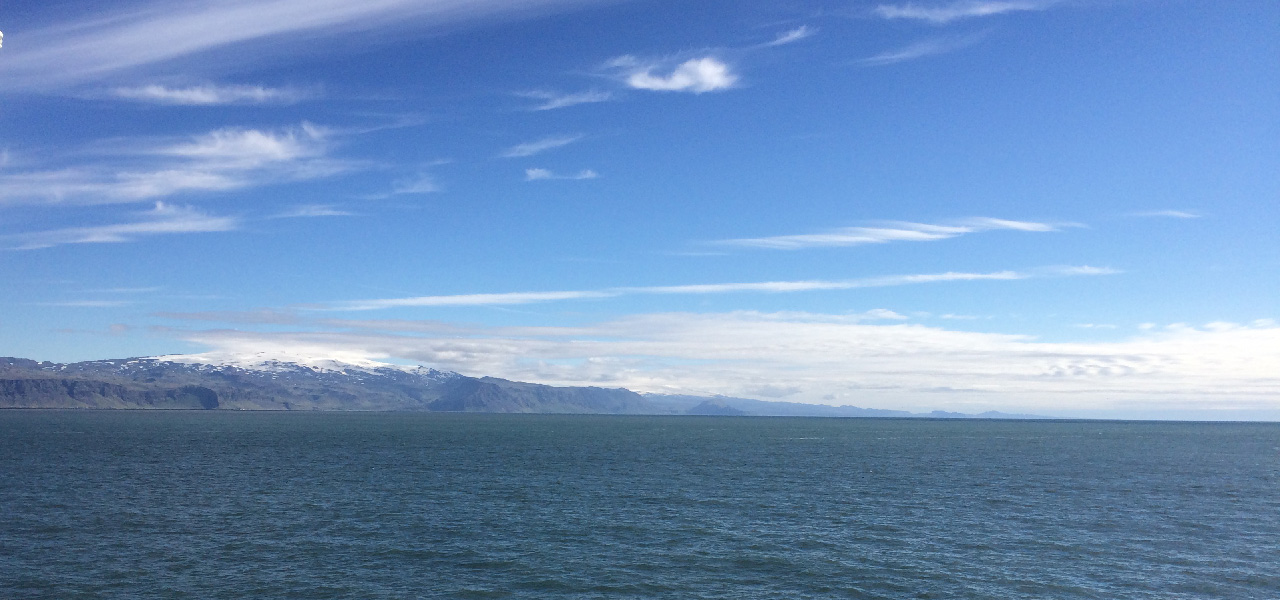
Contaminants in Fish Feed: Key Insights from EFFOP
2024.9.25
The Monitoring Program for Fish Feed, conducted annually by the Institute of Marine Research (IMR) on behalf of the Norwegian Food Safety Authority, plays a crucial role in assessing the presence of undesirable substances in fish feed and ingredients used in Norwegian aquaculture.
The program, operational since 1996, collects and analyses samples from commercial production facilities to track levels of contaminants such as metals, organic pollutants, and per- and polyfluoroalkyl substances (PFAS). The aim is to ensure compliance with national and European regulatory standards, while identifying trends in contaminant levels. This year’s report includes data from 76 fish feed samples, 8 fishmeal samples, 9 fish oils, and various plant-based ingredients, providing a comprehensive overview of contaminant prevalence in the sector.
During EFFOP’s PFAS workshop on 22 March 2023 (see summary), researchers behind the report were invited to provide their insights on the evolving regulatory landscape and challenges. One key discussion point was the need to investigate ingredients within feed, as some sources of contaminants could potentially originate from raw materials. This recommendation has now been incorporated into this year’s sampling program, reflecting the fishmeal industry’s’ proactive approach to enhancing the precision and relevance of PFAS screening. Overall, the results show compliance with Directive 2002/32/EC limits for organic and inorganic contaminants.
You can read the report here.
PFAS levels in feed ingredients
The 2023 results showed that most samples of fish feed, vegetable meal, and insect meal had PFAS levels below the quantification limit (LOQ). However, in fishmeal, several PFAS compounds were detected at concentration levels above LOQ, ranging from 38% to 88% of the samples. The highest concentrations were coming from levels of PFOS. Measurable concentrations of PFAS were also identified in fish oil, with PFOSA being the most frequently detected PFAS.
This underscores the importance of further research into the source and impact of these contaminants in feed ingredients, particularly fishmeal and fish oil, which are crucial ingredients for providing adequate nutrition. The average PFAS level in fishmeal reported by IMR was 3.61 µg/kg. This aligns with the average value presented by EFFOP in its own major study last year, and shared with EFSA to help in the decision for setting recommended levels in feed.
PFAS in Feeds
The monitoring program also provided detailed data on PFAS levels in complete feed formulations. In particular, salmon feed was found to have an average PFAS level of 2.8 µg/kg, while the current permissible level for PFAS in salmon products is set at 2 µg/kg. The data so far indicates that there is scope for effective management of PFAS in feeds. However, given the potential for stricter future regulations, ongoing, rigorous monitoring will be critical.
Dioxins, PCBs, and Dioxin-like PCBs
Another interesting aspect is the levels of dioxins, polychlorinated biphenyls (PCBs), dioxin-like PCBs, and non-dioxin-like PCBs in fishmeal, fish oil, and feeds. Indeed, significant differences were noted between the different feed types. For fishmeal, the concentration of non-dioxin-like PCBs ranged from 0.4 to 5.2 µg/kg, with an average of 3.0 µg/kg. Fish oil samples showed higher contamination levels, with non-dioxin-like PCBs concentrations ranging from 1.9 to 60.7 µg/kg. Despite higher levels in fish oil, all samples remained well below the European regulatory limits established by the Directive 2002/32/EC.
Conclusion
The published data on PFAS levels in fishmeal and fish oil further corroborates the findings from EFFOP’s own 2023 analysis, which were shared with EFSA. The average PFAS level in salmon feed suggests that the feed industry has the capacity to manage these contaminants, though continued monitoring and more in-depth toxicokinetic studies are essential to fully understand their long-term impact.
Effective monitoring systems are already in place across both the feed and marine ingredient sectors. The marine ingredient industry has demonstrated a proven ability to mitigate contaminants, particularly dioxins, dioxin-like PCBs, and PCBs. Through the application of activated carbon filtration, removal efficiencies of up to 93% have been recorded in certain cases (EFSA, 2018).
This highlights the sector’s driven stance towards regulatory compliance and its commitment to maintaining rigorous safety standards. As regulatory frameworks may evolve, the fishmeal industry remains well-equipped with advanced technologies and processes to adapt and continue serving as a crucial, sustainable component of aquaculture feed. However, EFFOP recalls the need for European bodies to consider appropriate financial investments to enable the industry to develop decontamination techniques and further limit undesirable substances.
Resources:
- EFSA CONTAM Panel (EFSA Panel on Contaminants in the Food Chain), Knutsen HK, Alexander J, Barregård L, Bignami M, Brüschweiler B, Ceccatelli S, Cottrill B, Dinovi M, Edler L, Grasl-Kraupp B, Hoogenboom LR, Nebbia CS, Oswald IP, Petersen A, Rose M, Roudot A-C, Schwerdtle T, Vleminckx C, Vollmer G, Wallace H, Lundebye A-K, Metzler M, Colombo P and Hogstrand C, 2018. Scientific Opinion on the assessment of a decontamination process for dioxins and PCBs from fish meal by replacement of fish oil. EFSA Journal 2018;16(2):5174, 10 pp. https://doi.org/10.2903/j.efsa.2018.5174
- EFSA topic web page: https://www.efsa.europa.eu/en/topics/and-polyfluoroalkyl-substances-pfas




